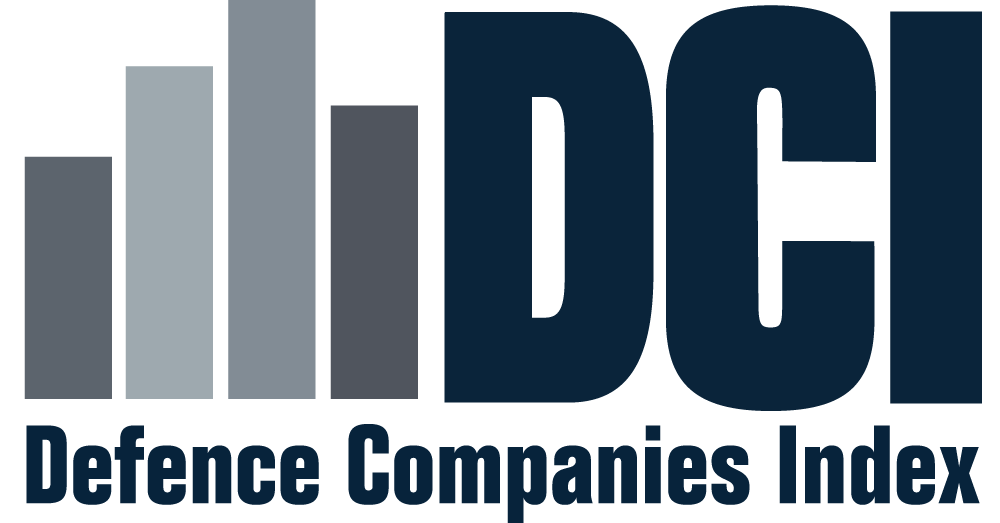Company leadership comes under significant scrutiny in corruption cases, and requires ethical supervision at all levels. This risk category contains 4 indicators, covering public disclosures of specific topics such as commitment from top-level company leadership; anticorruption policy; board-level oversight; and day-to-day management of anti-bribery and corruption activities.
For more information on this risk category, see our summary page on The 10 Key Risk Categories or to view the specific criteria see the DCI Indicators.
Anti-bribery and compliance programmes play a vital role in safeguarding companies against corruption; they represent the backbone of an organisation’s internal controls. This risk category contains 6 indicators, covering public disclosures of specific topics such as risk assessments; internal audit; procedure and quality of internal investigations; and high-level data on employee allegations and ethical investigations.
For more information on this risk category, see our summary page on The 10 Key Risk Categories or to view the specific criteria see the DCI Indicators.
Robust internal controls do not exist in isolation; controls also need to be publicly accessible and tailored to all employees, across all divisions and areas of operation. This risk category contains 7 indicators, covering public disclosures of specific topics such as anti-bribery and corruption training; ethical incentives; supporting employees to raise concerns; non-retaliation against those who report unethical behaviour; and whistleblowing provisions.
For more information on this risk category, see our summary page on The 10 Key Risk Categories or to view the specific criteria see the DCI Indicators.
Conflicts of interest can be a major risk in defence, where a small number of companies compete for high value, opaque and relatively infrequent contracts with a small number of customers. This risk category contains 4 indicators, covering public disclosures of specific topics such as conflict of interest policy and management procedure; appointment of directors, employees or consultants from the public sector; and reporting of services of any contracted politicians.
For more information on this risk category, see our summary page on The 10 Key Risk Categories or to view the specific criteria see the DCI Indicators.
Closed-door meetings between procurement officials and defence companies can be legitimate and sometimes necessary, but they also create opportunities for bribery, influence-peddling and the development of relationships which could lead to potential or actual conflicts of interest. This risk category contains 7 indicators, covering public disclosures of specific topics such as political contributions; charitable donations and sponsorships; responsible lobbying policy; aims and topics of lobbying activities; lobbying expenditure; and gifts and hospitality.
For more information on this risk category, see our summary page on The 10 Key Risk Categories or to view the specific criteria see the DCI Indicators.
Complex supply chains, involving multiple entities and operating across different geographies and sectors, are a regular feature in the defence industry. Supply chain corruption can manifest in both supplier selection, as well as contract delivery. This risk category contains 5 indicators, covering public disclosures of specific topics such as the involvement of the procurement department; supplier due diligence; anti-bribery and corruption standards for suppliers; cascading standards throughout the supply chain; and high-level data on supplier allegations and ethical investigations.
For more information on this risk category, see our summary page on The 10 Key Risk Categories or to view the specific criteria see the DCI Indicators.
In this research, a ‘supplier’ refers to any company that has a direct business relationship and/or interaction with the main company (sometimes known as tier one or first generation suppliers). A company’s supply chain in this assessment refers to all suppliers, contractors, sub-contractors and vendors. This definition applies to all questions within this risk category.
This risk category focuses on third parties and consists of indicators relating to agents and joint ventures. The use of agents and intermediaries in defence procurement is widely recognised as one of the most significant and pervasive bribery and corruption risks in the global defence sector; while joint ventures can pose specific risks especially when established with high-risk partners or in high-risk countries. This risk category contains 10 indicators, covering public disclosures of specific topics such as policy on the use of agents; due diligence on agents and intermediaries, including beneficial ownership; ethical incentives for agents; transparency of contracted agents; high-level data on agent allegations and ethical investigations; due diligence on joint ventures; and anti-bribery and corruption standards in joint ventures.
For more information on this risk category, see our summary page on The 10 Key Risk Categories or to view the specific criteria see the DCI Indicators.
In this assessment, ‘agents’ are defined as individuals or entities authorised to act for, or on behalf of, a company to further its business interests, for example in sales or marketing, and in, or with, a foreign country or foreign entity. The terms agent, advisor and broker are often used interchangeably, but the authority to act on behalf of the company’s interests distinguishes this type of third party from other intermediaries, such as consultants and lobbyists.
Offsets represent one of the most opaque practices in the defence industry. The frequent lack of transparency and oversight makes them one of the most profound areas of corruption risk for the sector. This risk category contains 4 indicators, covering public disclosures of specific topics such as a company’s policy on offsets; due diligence on offset projects and beneficiaries; transparency of contracted offset brokers; and transparency of beneficiaries of indirect offset projects.
For more information on this risk category, see our summary page on The 10 Key Risk Categories or to view the specific criteria see the DCI Indicators.
‘Offsets’ in the defence sector are defined as arrangements in which the purchasing government of the importing country requires the supplying company of the exporting country to reinvest some proportion of the contract in the importing country.
As multinational companies develop and expand into new and emerging markets, the ability of businesses to identify and impose controls on the relevant corruption risks will continue to be a crucial part of best practice. This risk category contains 4 indicators, covering public disclosures of specific topics such as risk management in countries identified as at high risk of corruption; public disclosure of subsidiaries and other holdings; public disclosure of beneficial ownership; and disclosure of major customers of defence sales.
For more information on this risk category, see our summary page on The 10 Key Risk Categories or to view the specific criteria see the DCI Indicators.
State-owned enterprises (SOEs) may not pose an inherent corruption risk, but such companies can encounter particular vulnerabilities that privately-owned companies may not. An intrinsically close relationship with the ownership entity – in this case, the state – can leave SOEs vulnerable to significant political interference. This risk category contains 5 indicators, covering public disclosures of specific topics such as public disclosure of shareholder voting rights; commercial and public policy objectives; nomination, appointment and composition of the board; composition of the audit committee; and management of asset transactions.
This risk category applies to any company where one (or more) state has significant control through full, majority or significant minority ownership of 10% of shares or more.
For more information on this risk category, see our summary page on The 10 Key Risk Categories or to view the specific criteria see the DCI Indicators.
Viewing Companies Ordered By: Overall Scores
A
VERY HIGH
B
HIGH
C
MODERATE
D
LIMITED
E
LOW
F
VERY LOW


